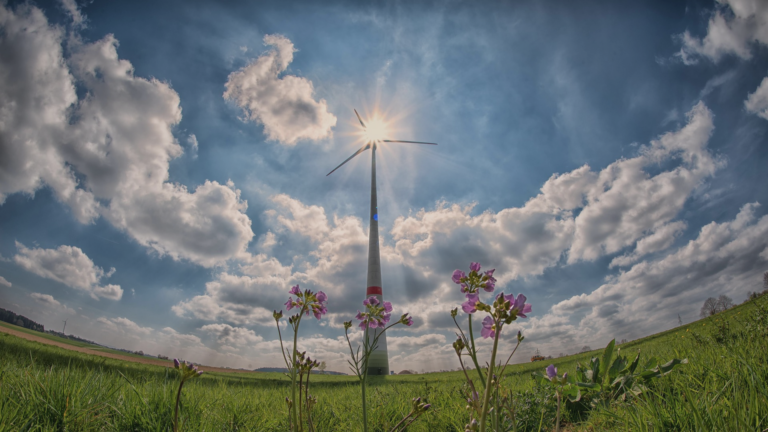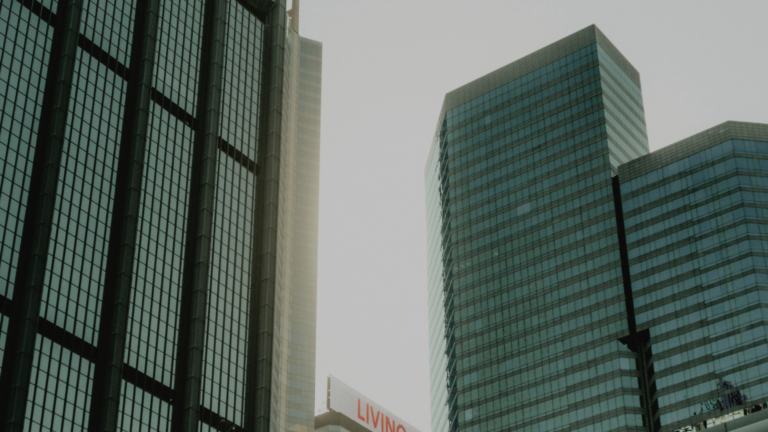AI, Heat, and AC Demand Are Raising Efficiency Priorities
- Topics :
- Incentives Real Estate Reduction Strategies
Start Your LL97 Building Decarbonization Plan
Published October 24, 2023
 By Isabelle Wilhelm-Muñiz
By Isabelle Wilhelm-Muñiz

Welcome to NZero’s LL97 Building Decarbonization Guide – your essential resource for preparing for NYC’s LL97 compliance. While compliance and potential penalties won’t be enforced until 2025 (based on 2024 data), your decarbonization journey should start now, as effective energy management strategies require time to implement. Discover how to stay ahead of the curve, avoid penalties, and capitalize on the advantages of building decarbonization.
This guide primarily focuses on Step #2 from NZero’s comprehensive LL97 Compliance Guide.
Identifying Decarbonization Opportunities:
Now that you have your data, what’s the next step? Leverage that valuable information to analyze the carbon footprint of your properties to pinpoint potential violations and emission hot spots. This analysis will guide you in identifying the right intervention projects that will make the most significant impact, while considering how your property responds to various conditions. These strategic steps will ensure you stay ahead of current and future, more stringent penalties and compliance.
Let’s start with the basics
What is decarbonization?
Building decarbonization involves implementing activities and programs aimed at reducing greenhouse gas emissions from buildings. The ultimate aim is to decrease the buildings’ reliance on fossil fuels. These emissions mainly result from everyday operational activities, such as using natural gas for heating and electricity for appliances, HVAC systems, and lighting. Reducing these emissions is essential not only for LL97 compliance and avoiding penalties but also provides numerous benefits to you as a New York City building owner.
Instead of viewing decarbonization and LL97 as a business liability, consider it your strategic advantage. A well-planned approach enables you to efficiently meet regulations, manage emissions, and unlock long-term cost savings. It can also enhance the appeal of your building asset to potential customers and investors.
When crafting your decarbonization plan, these three priorities will form the foundation of your strategy, directing your resource allocation decisions. These priorities are essential not only for immediate LL97 compliance but also for long-term success, ensuring you maximize the value of your decarbonization investments.
Priority 1: Optimize energy usage and efficiency
Initiate your building decarbonization journey by identifying opportunities to reduce energy consumption and optimize resource usage. Even small changes can lead to significant energy and cost savings. Some effective measures when starting your decarbonization journey include, but are not limited to:
- Behavioral & Operational Changes: Identify areas where energy usage can be minimized from the outset, such as adjusting thermostat set points during non-occupied hours
- Building Envelope: Improve insulation, upgrade windows, doors, and roofs to minimize heat loss and cooling needs
- Automation: Install automation systems and occupancy sensors for energy optimization based on occupancy levels, and utilize smart thermostats for automated temperature scheduling.
- HVAC Systems: Replace outdated equipment with high-efficiency models and ensure regular maintenance to reduce electrical load.
- Lighting Systems: Switch to energy-efficient LED lights.
Priority 2: Transition To Low-Carbon Solutions
As you work on energy efficiency, begin transitioning towards low-carbon solutions. Embrace equipment electrification and renewable energy sources to align with cleaner energy goals:
- Electrify Equipment: Shift away from fossil-fuel-based equipment to all-electric solutions or partial electrification. As the grid becomes cleaner, this will reduce carbon emissions associated with electricity use. Is your outdated natural gas equipment ready to be retired & upgraded with a similar unit? Instead, initiate the electrification transition by opting for energy-efficient electric alternatives
LL97’s electricity carbon coefficient for the 2030 compliance period is approximately 50% cleaner than that for 2024, aligning with New York State’s renewable energy goals. As you electrify your equipment, the electricity used will be coming from cleaner sources. - Renewable Energy Integration: Investigate on-site renewable energy sources like solar PV, geothermal, or wind turbines to offset increased electrical demand and costs
Priority 3: Invest wisely: Focus on Building Improvements First, Then On The Carbon Market
While recognizing that some emissions may be unavoidable, LL97 offers the option to utilize credits from eligible renewable energy certificates (RECs) or greenhouse gas reduction offset projects to meet your building’s carbon threshold.
- Prioritize on-site actions before considering this option. By reducing emissions at the building level through the first two priorities, you can reduce the need and cost for offsets or REC purchases. Skipping ahead to this priority without addressing the first two can lead to unnecessary expenses and inadequate preparation for future regulations
See below an example of a decarbonization strategy leveraging priorities 1 and 2 to help you achieve LL97 compliance for the 2024-29 GHG threshold.
It’s important to note that GHG thresholds become progressively stricter over multiple compliance periods, including 2030-34, 2035-39, 2040-49, and 2050 onwards. This means that adopting a phased approach is advisable to ensure continued compliance

When crafting your decarbonization plans, prioritize actions that emphasize operational improvements and load reduction. Ensure that you evaluate implementation timelines and align them with LL97’s carbon staggered carbon thresholds. This approach not only guides you toward LL97 compliance but also optimizes your building’s energy performance, reduces its environmental impact, and unlocks financial benefits.
We encourage you to apply the knowledge you’ve acquired here to your unique building decarbonization journey. Thank you for choosing NZero as your guide. We hope you’ve discovered valuable insights in this guide about decarbonization building practices and complying with NYC’s LL97 regulations. Don’t hesitate to reach out to NZero experts to explore how we can further assist you on your decarbonization journey!









